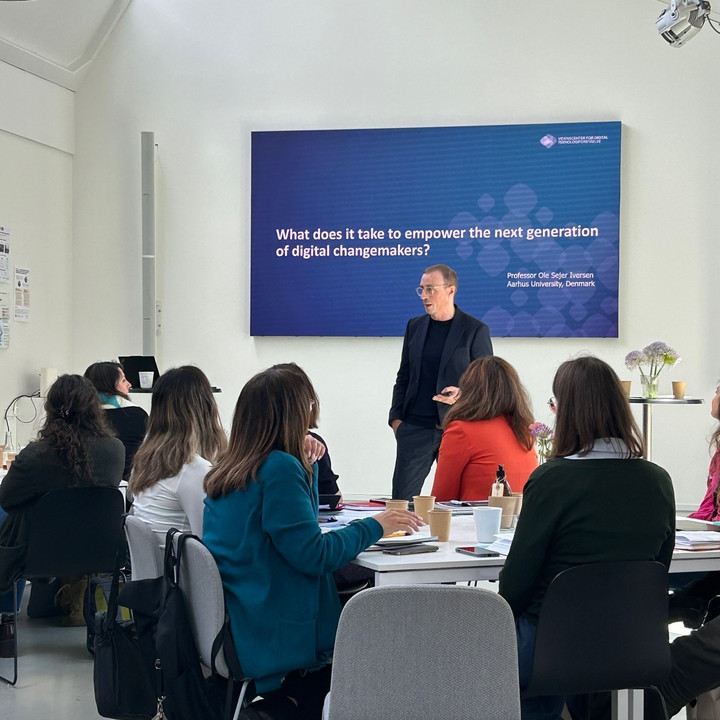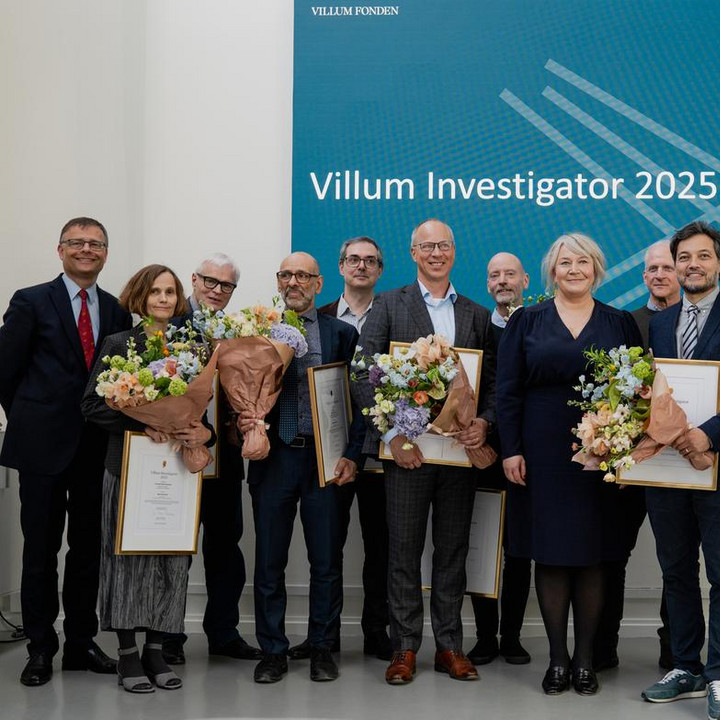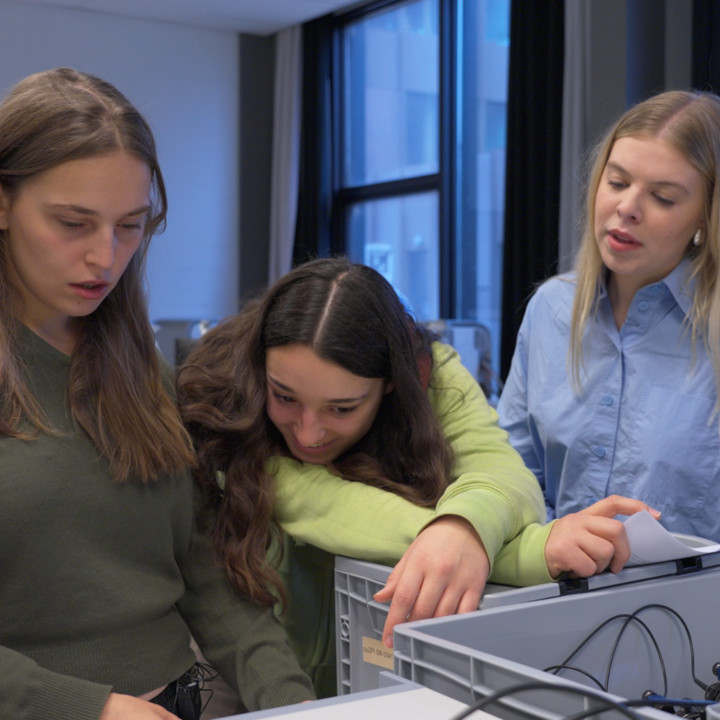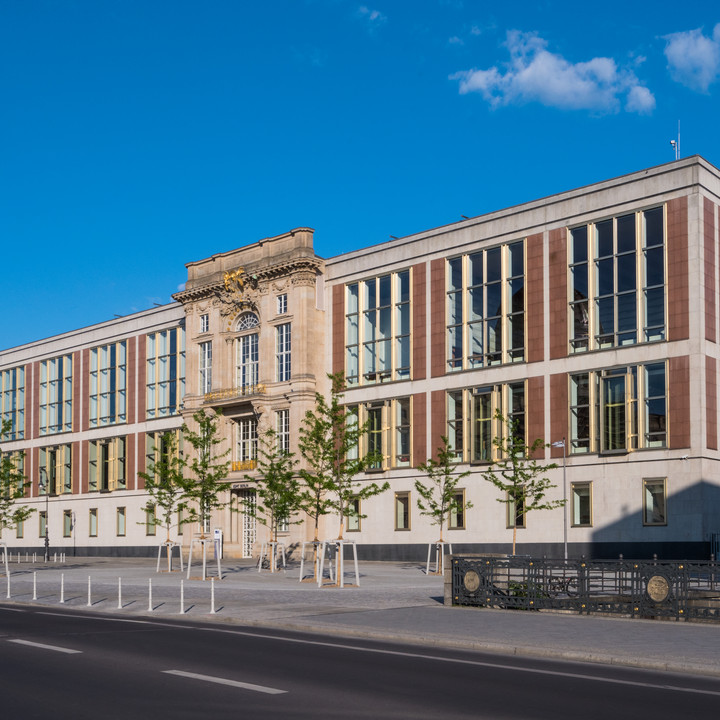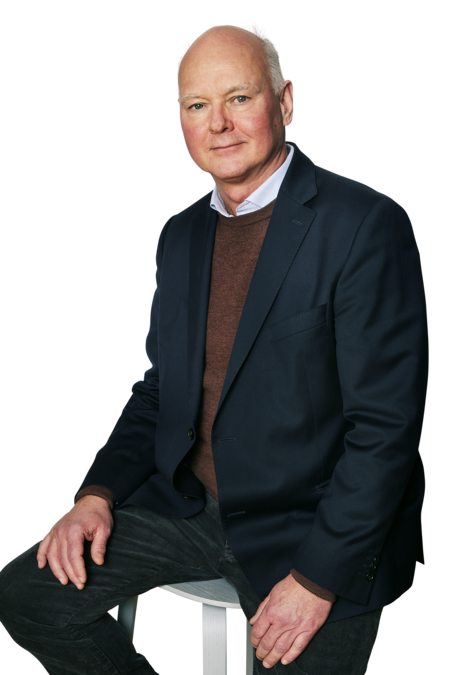International top researchers to Denmark

11 recognised scientists have been chosen to become the next Villum Investigators. All of them have strong international experience, five of them come from abroad. Together, they will receive DKK 410 million for research projects ranging from climate to cybersecurity.
What began as a field of 80 applicants to become the next group of Villum Investigators has ended with the selection of 11 leading science and technology researchers who will now receive as much as DKK 40 million each over the next six years.
“The grants from VILLUM FONDEN are an important contribution to keeping Denmark at the leading edge as a research nation. The 11 investigators are doing their part to solve some of the biggest problems we face, and to help us understand ourselves and our world better. The grants make it possible to make major breakthroughs. This is a good example of how collaboration between universities and private foundations can raise the level of basic research and attract top-flight foreign scientists,” says Tommy Ahlers, the Minister of Higher Education and Science.
Five from abroad - six from DenmarkYong P Chen,a physics professor and quantum materials expert from America’s Purdue University plans to conduct his research activities at Aarhus University, while Staffan Persson, who specialises in plant cell walls and cellulose, will move his research from the University of Melbourne to the University of Copenhagen.
The three other foreign Villum Investigators are currently affiliated with Danish universities.
They include: Josep M Guerrero, a Spanish engineer studying experimental electrical systems and renewable energy at Aalborg University; Guojie Zhang, a 37-year-old Chinese researcher who has been working on biodiversity genomics at the University of Copenhagen since 2012; and Eugene Simon Polzik, a Russian-born American quantum physicist affiliated with Danish universities since 1998, who will continue his research at the University of Copenhagen.
“If we are to strengthen Danish research and allow it to contribute to society’s continued development through knowledge and education, then universities must be able to attract and retain the brightest minds. It’s great to see that the Villum Investigator grants can help pull some of the world’s best scientists to Denmark and help us to retain those who are already here,” says Jens Kann-Rasmussen, chair of VILLUM FONDEN
The Villum Investigator Programme was created for experienced and internationally recognised scientists who have the potential to make a significant contribution to developments in science or technology at a Danish university.
Villum Investigators can receive six-year grants of up to DKK 40 million. After a period, it is possible to apply again in competition with other applicants.
New Villum Investigators are selected every other year. The inaugural group was selected in 2017. The third will be selected in 2021.
The programme received 80 applications. Five applications were submitted by women.
28 applicants were shortlisted for peer review and interview. Three were women.
In addition to the five foreign scientists, six Danes have been selected as Villum Investigators.
This group includes three chemists from Aarhus University: Bo Brummerstedt Iversen, who conducts research in materials science using the new research infrastructure in Lund; Henrik Stapelfeldt, who studies molecular and chemical reactions using technologies based on laser pulses and electrical fields; and Karl Anker Jørgensen, a specialist in asymmetric chemical catalysis, who previously received the Villum Kann Rasmussen Annual Award for his work.
Also included amongst the new Villum Investigators is Lars Birkedal, a computer scientists at Aarhus University focusing on fundamental mathematically-based models and logics.
Carsten Rahbek, a biologist at University of Copenhagen and also a Villum Kann Rasmussen Annual Award recipient, has received a grant to fund his studies into macro-ecology and biodiversity.
From the Technical University of Denmark, Per Christian Hansen, a mathematician, will continue his work on inverse problems during his tenure as Villum Investigator.
“Each of the 11 excels in their field, and they all fulfil by far the requirements for being selected as a Villum Investigator. By combining intellectual curiosity, talent, experience and ability to bring together talented scientists, they have, managed to establish, develop and foster international research groups and make significant contributions to science and technology, and, by extension, to the world we live in,” says Thomas Bjørnholm, Executive Chief Scientific Officer with VILLUM FONDEN.
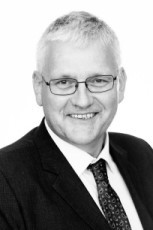
Dynamic Crystallography
Aarhus University
Department of Chemistry
DKK 39.8m
Denmark is investing DKK 3 billion in co-financing the fantastic new X-ray and neutron sources in Lund (MAX IV & ESS) and Hamburg (XFEL). For more than a century, crystals have been studied under idealised conditions. These new facilities, however, can take crystallography into exciting new realms where materials are studied under real operating conditions in real time: unravelling the life cycle of state-of-the-art materials. Nucleation of nanocrystals will be studied to understand what factors govern crystalline order upon formation (“birth”). In order to design new materials for sustainable energy applications such as batteries, thermos-electrics, magnets and catalysts (“life”), the project will quantify the imperfect components of crystals (disorder) that often dictate their properties. Finally, it will carry out operando studies of crystals to understand their performance and ultimate degradation (“death”).
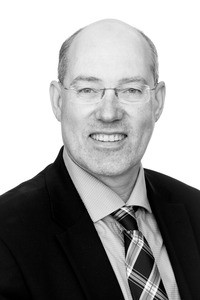
What determines geographical patterns of biodiversity? The role of tropical mountains and the causes of their extraordinary biological diversity
University of Copenhagen, Department of Biology
DKK 40m
Life on Earth is diverse and exhibits striking patterns in distribution. Since the days of Humboldt, Wallace and Darwin, explaining biodiversity distributions has been a major focus of research but we are still unable to do so. Current hypotheses are especially challenged when it comes to explaining the extraordinarily high species diversity of mountain regions, particularly in the tropics, where the greatest biodiversity is found.
With the aim of elucidating some of the fundamental biological laws determining the geographical distribution of life on Earth, this project combines millions of data on the distribution and evolutionary history of tens of thousands of vertebrate species with new field-collections in the Andes, new next-generation genomics data and data collected by satellite-tracking the movement of tropical birds.
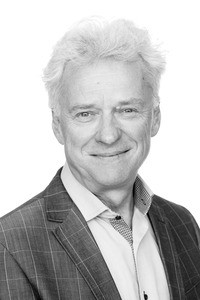
Quantum optics with macroscopic systems
University of Copenhagen
Niels Bohr Institute
DKK 30.3m
In the past two decades the world has witnessed the beginning of the “second quantum revolution”. Novel quantum principles for communication, computing and sensing based on entanglement – quantum correlations – have been developed.
Eugene Polzik’s group has pioneered generation of entanglement and quantum teleportation between material objects. With this project he will push the boundaries of the quantum behaviour towards larger and more complex systems. Besides being of fundamental interest for our understanding of laws of nature, this research may lead to the development of novel quantum technologies, such as sensors of forces, motion, electro-magnetic fields and gravitational waves with sensitivity exceeding current state-of-the-art.
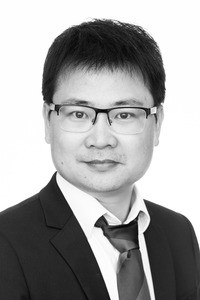
Tempo and Mode in Evolution of Bird Diversity
University of Copenhagen, Department of Biology
DKK 40m
Guojie Zhang’s Centre for Biodiversity Genomics (CBG) will address fundamental questions related to speciation processes (tree of life), the genetic basis of complex animal traits and their adaptiveness in a range of environments. CBG will develop computational tools for phylogenomics and comparative genomics analyses using biodiversity genomic data of unprecedented scale to be generated through large international consortia led by Guojie Zhang, such as the Bird Genome 10K (B10K) Project. CBG will also develop evolutionary models and interdisciplinary approaches to document long-term process by which species diversify over time by integrating large-scale genomic and ecological data.
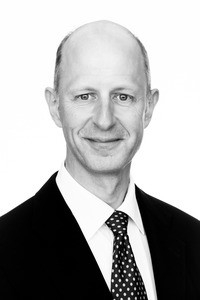
Imaging the primary steps of chemical reactions
Aarhus University, Department of Chemistry
DKK 30.2m
The vision of this project is to take photos of molecules during chemical reactions to directly see the breaking and making of chemical bonds. This will be done by inserting the molecules in a unique reaction chamber consisting of nanometer-sized droplets of superfluid helium and using strong, ultrashort laser pulses to both initiate reactions and record images of the molecules at different times during the reactions.
Among the many planned projects are photodimerization of nucleobases – believed to be the main cause of skin cancer; light-induced electron transfer – the key mechanism of organic solar cells and of chemical catalysts; and rapid transfer of energy and angular momentum from a molecule to the surrounding helium environment, a process of importance for novel quantum technology devices.
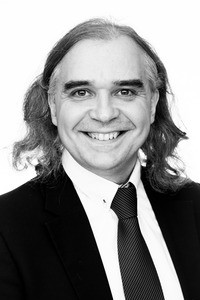
Centre for Research on Microgrids (CROM)
Aalborg University, Department of Energy Technology
DKK 39.2m
Microgrids could be the key to a far more efficient, safe and resilient distribution of sustainable energy. With an increasing number of natural disasters such as earthquakes, tsunamis, volcanoes or tornados, we need to develop highly resilient energy systems that can survive extreme events. Further, in rural areas without electricity access, each village could generate renewable energy, store and consume it locally thus forming a microgrid. The same thing can be applied in Denmark in houses with solar panels and electric vehicles. The challenge is to coordinate each microgrid and improve the efficiency of the whole energy system. This way we can conceive electrical grids from the population needs following a bottom-up approach.
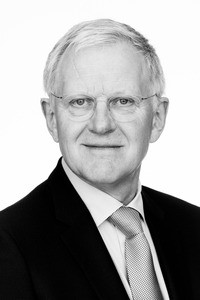
Green Catalysis
Aarhus University, Department of Chemistry
DKK 39.9m
Karl Anker Jørgensen has the ambition to perform novel and innovative research in catalysis at the highest international level. The goal is to develop new catalytic chemical reactions for the synthesis of products in an environmentally friendly way. The project will challenge the traditional concepts for controlling the formation of chemical bonds and try to push the frontiers of the generation of chemical bonds. Part of the research will be performed in collaboration with a world-class group at UCLA in the USA.
An important part of the project is to attract young and promising researchers from top-research institutions to start up independent research careers at the highest international level in Denmark. Karl Anker Jørgensen emphasises: “It is extremely important to create internationally competitive research environments at Danish universities. With this award, we will try to attract the best young researchers and give them a fantastic platform for growing their talent.”
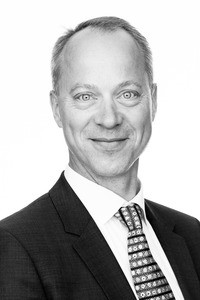
Center for basic research in Program Verification (CPV)
Aarhus University, Department of Computer Science
DKK 35.4m
Software systems are an integral part of modern society and software errors and security breaches pose enormous costs and risks. CPV will develop fundamental mathematically- based models and logics that can be used for rigorous mathematical reasoning about correctness and security of software systems. This project will advance the current activities and extend current research efforts to model and reason about a much wider range of realistic software systems and a much wider class of correctness and security properties. To support validation of the models and theories and to pave the way for future software tools, CPV also includes research on prototype tools for machine-checkable verification of software systems.
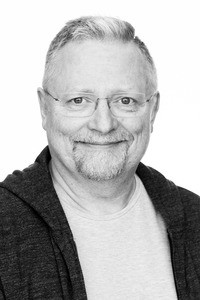
CUQI: Computational Uncertainty Quantification for Inverse problems
Technical University of Denmark, Department of Applied Mathematics and Computer Science
DKK 34.9m
Uncertainty Quantification (UQ) is a branch of scientific computing that characterises and studies the sensitivity of a solution taking into account errors and inaccuracies in the data, models, algorithms, etc. With this project Per Christian Hansen will develop the mathematical, statistical and computational framework for applying UQ to inverse problems such as deconvolution, image deblurring, tomographic imaging, source reconstruction and fault inspection. The goal is to create a computational platform, suited for non-experts, which can be used by many different industrial and academic end users.
To give just one example, engineers who use X-ray imaging to inspect an object for defects will be able to characterise the reliability of every detail in the image – thus aiding the interpretation and the decision whether a crack is actually present.
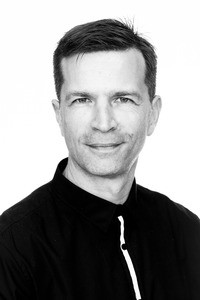
Engineering Plant Cell Walls
University of Copenhagen, Department of Plant and Environmental Sciences
DKK 40m
Plants provide us with oxygen, food and feed, fuels and an astounding number of materials. These outputs are largely provided for by plant cell walls, which consist of sugar-based polymers that are woven together around every plant cell. Almost all plants contain two types of cell walls; primary walls that direct cell expansion and thus plant morphology, and secondary walls that are thick and provide strength to specialised cells, for example those that transport water throughout the plant. This project aims to directly visualise how the transition between primary and secondary walls occurs in real time and to find ways to change the content and patterns of the secondary walls. The research will provide substantial knowledge to one of the key processes in evolution, the colonization of land by plants, and may aid to fundamentally change plant raw materials for new end products.
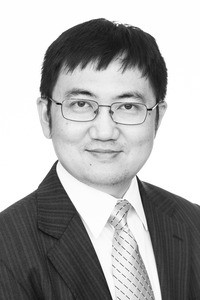
Embracing Quantum Diversity
Aarhus University, Department of Physics and Astronomy
DKK 40m
A diverse organisation or society that successfully blends different types and styles of people tends to enjoy more creativity and long-term prosperity. Something analogous can be true in the quantum world – the philosophy behind Chen’s Villum Investigator project on “hybrid quantum materials”, which may provide a fertile “quantum Legoland” for his experiments to discover new quantum matters and develop new “quantum methodology” to make and measure them.
By combining different quantum electronic as well as photonic systems, his project aims to create a new generation of quantum materials and devices with unprecedented functionalities that can enable future quantum technologies with the potential to revolutionise how we currently compute and communicate – and how we sense and understand the world.
Villum Investigators honored
A ceremony celebrating the selection of the new Villum Investigators was held on 2 May 2019 at the VILLUM Window Collection.
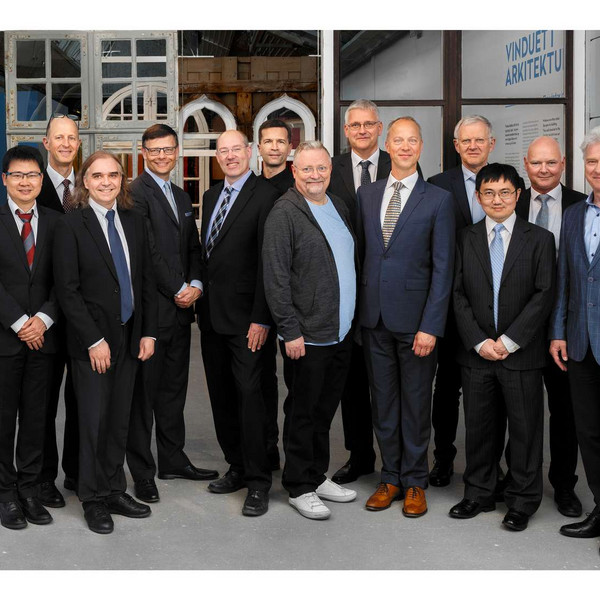
The Villum Investigator Programme is first and foremost concerned with the individual scientists, focusing on previous results and ability to build up internationally recognised research groups.
“The goal of providing long-term funding is to give investigators the freedom and the opportunity they need to concentrate on the research field they are most passionate about, hoping that it will result in breakthroughs and unexpected results,” Bjørnholm says.
As a philanthropic foundation, VILLUM FONDEN is uniquely placed to provide long-term funding for scientific research.
“It is our privilege to work with universities to provide funding that complements public funding for research and, in so doing, be a part of securing the future of Danish research by investing in top-flight research. We are able to do this because the employees in the commercial side of our organisation work hard every day. Thanks to them, we can give something back to society,” says Jens Kann-Rasmussen.
- The Villum Investigator Programme was created for experienced and internationally recognised scientists who have the potential to make a significant contribution to developments in science or technology at a Danish university.
- Villum Investigators can receive six-year grants of up to DKK 40 million. After a period, it is possible to apply again in competition with other applicants.
- New Villum Investigators are selected every other year. The inaugural group was selected in 2017. The third will be selected in 2021.
- The programme received 80 applicants to be selected as part of the current group. Five applications were submitted by women.
- 28 applicants were shortlisted for peer review and interview. Five shortlisted applicants were women.
Applications are reviewed according to international standards
First, the foundation’s research committee reviews all applications based on the programme’s terms of reference. The committee forwards a shortlist of candidates for selection to the foundation’s board.
Applications from shortlisted candidates are then evaluated by three independent peer reviewers. Applicants submit written replies to the peer reviews. Applicants are interviewed.
The committee makes its final nominations to the board based on candidates’ applications, peer reviews, written replies and interviews. The board makes the final decision about who is selected as a Villum Investigator.
Read more about VILLUM FONDEN’s grants to scientific and technological research here.
- Anja Boisen, professor, Department of Micro and Nanotechnology, Technical University of Denmark (VILLUM FONDEN board member)
- Jane Clarke, professor, Department of Chemistry, University of Cambridge
- Björn Ottersten, professor, Interdisciplinary Centre for Security, Reliability and Trust, University of Luxembourg & KTH Royal Institute of Technology
- Guy Marin, professor, Laboratory for Chemical Technology, Ghent University
- Christian S. Jensen professor, Department of Computer Science, Aalborg University (VILLUM FONDEN board member)
- Poul Henrik Damgaard, professor, Niels Bohr Institute, University of Copenhagen
As the primary shareholder, VILLUM FONDEN receives income from VKR Holding, which is the parent company of a number of companies involved with skylights and facade windows, including VELUX, DOVISTA A/S and Arcon-Sunmark A/S.
